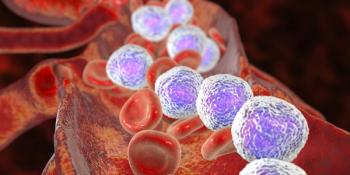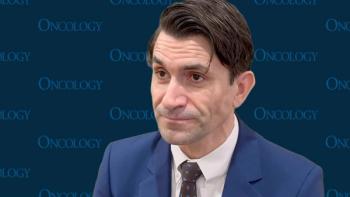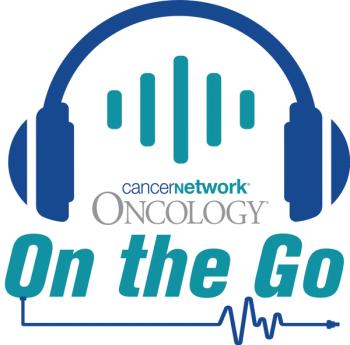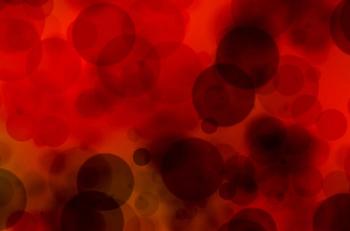
BCR-ABL1 Levels Can Predict Sustained Deep Molecular Response in CML
BCR-ABL1 transcript levels at time points within the first year of therapy for CML can best predict the achievement of a deep molecular response.
A new study of patients with chronic myeloid leukemia (CML) provides BCR-ABL1 transcript levels at time points within the first year of therapy that can best predict the achievement of a deep molecular response that lasts at least 2 years.
“The achievement of a sustained deep molecular response is a goal of increasing relevance because it opens the possibility of treatment discontinuation,” wrote study authors led by Jorge E. Cortes, MD, of the University of Texas MD Anderson Cancer Center in Houston. The investigators aimed to establish BCR-ABL1 levels within the first year of tyrosine kinase inhibitor therapy that could predict a sustained molecular response involving a BCR-ABL1 Ë 0.0032% (MR4.5) for at least 2 years.
The analysis involved 603 CML patients enrolled in several clinical trials; depending on the trial, they were treated with imatinib, nilotinib, dasatinib, or ponatinib. The median follow-up was 103 months across the full cohort. The results were
A total of 282 patients (47%) achieved a sustained MR4.5 at any time. For the achievement of MR4.5 at any time, the best-fit values for BCR-ABL1 levels were 0.051%, 0.019%, 0.007%, and 0.003% at 3, 6, 9, and 12 months, respectively. For achievement of a complete cytogenetic response within 1 year, the best-fit values were 0.087%, 0.037%, 0.016%, and 0.007%, respectively. For a major molecular response within 1 year, they were 0.059%, 0.024%, 0.010%, and 0.004%, respectively.
The minimum acceptable values for eventually achieving a sustained MR4.5 (meaning, the levels achieved by 95% of all those who reached the target endpoint) were 1.561%, 0.592%, 0.225%, and 0.085%, at 3, 6, 9, and 12 months, respectively.
At 5 years, the overall survival rate among those patients who achieved a sustained MR4.5 was 98%, compared with 89% among those who did not. At 10 years, these rates were 92% and 78%, respectively. Event-free survival, failure-free survival, and transformation-free survival were also better in patients who achieved a sustained MR4.5.
“The proper interpretation of transcript levels achieved early during the course of therapy may help to predict later responses and outcomes,” the authors wrote. “Models such as the one proposed here can be built to guide therapy for patients on a continuous basis.”
Newsletter
Stay up to date on recent advances in the multidisciplinary approach to cancer.















































































